
¿Por qué no se caen los árboles cuando sopla el viento?
Plant Survival & Engineering
4.7
(6194 reviews)
Scroll for prep

Please wait…
This video is having trouble loading. You may have lost your Internet connection.
Step 1: Click to Reload this page
Step 2: Click to
Try our other video player
Step 3: Contact your teacher if trouble persists.
Or,
dismiss this message.


¿Por`qué`crees`el
viento`se`llevó`a
las`sombrillas
abiertas`pero`a`las
otras`cosas`en`la
playa`no?
viento`se`llevó`a
las`sombrillas
abiertas`pero`a`las
otras`cosas`en`la
playa`no?

Please wait…
This video is having trouble loading. You may have lost your Internet connection.
Step 1: Click to Reload this page
Step 2: Click to
Try our other video player
Step 3: Contact your teacher if trouble persists.
Or,
dismiss this message.
CONVERSEMOS:
¿Por qué crees que los árboles no se caen cuando sopla el viento pero las sombrillas sí?
Para poder averiguarlo, vamos a imaginar que somos árboles moviéndose con el viento. A lo mejor eso nos dará ideas. Ve a la siguiente página para empezar.

Please wait…
This video is having trouble loading. You may have lost your Internet connection.
Step 1: Click to Reload this page
Step 2: Click to
Try our other video player
Step 3: Contact your teacher if trouble persists.
Or,
dismiss this message.
Paso
01/08
01/08
Ponte de pie y encuentra un lugar en donde tengas suficiente espacio
para moverte.
para moverte.

Please wait…
This video is having trouble loading. You may have lost your Internet connection.
Step 1: Click to Reload this page
Step 2: Click to
Try our other video player
Step 3: Contact your teacher if trouble persists.
Or,
dismiss this message.
Paso
02/08
02/08
Párate derecho o derecha. Tu cuerpo es el tronco del árbol. Extiende
tus piernas como las raíces del árbol.
tus piernas como las raíces del árbol.

Please wait…
This video is having trouble loading. You may have lost your Internet connection.
Step 1: Click to Reload this page
Step 2: Click to
Try our other video player
Step 3: Contact your teacher if trouble persists.
Or,
dismiss this message.
Paso
03/08
03/08
Levanta los brazos. Tus brazos son las ramas. Tus manos y tus dedos
son las hojas.
son las hojas.

Please wait…
This video is having trouble loading. You may have lost your Internet connection.
Step 1: Click to Reload this page
Step 2: Click to
Try our other video player
Step 3: Contact your teacher if trouble persists.
Or,
dismiss this message.
Paso
04/08
04/08
Ahí viene el viento. Dobla tus ramas y tu tronco. Mueve tus hojas con
el viento.
el viento.

Please wait…
This video is having trouble loading. You may have lost your Internet connection.
Step 1: Click to Reload this page
Step 2: Click to
Try our other video player
Step 3: Contact your teacher if trouble persists.
Or,
dismiss this message.
Paso
05/08
05/08
Conversemos:

Please wait…
This video is having trouble loading. You may have lost your Internet connection.
Step 1: Click to Reload this page
Step 2: Click to
Try our other video player
Step 3: Contact your teacher if trouble persists.
Or,
dismiss this message.
Paso
06/08
06/08
El palo de una sombrilla siempre está tieso y derecho. ¿Cuál es la
diferencia entre esos palos y los troncos de los árboles?
diferencia entre esos palos y los troncos de los árboles?

Please wait…
This video is having trouble loading. You may have lost your Internet connection.
Step 1: Click to Reload this page
Step 2: Click to
Try our other video player
Step 3: Contact your teacher if trouble persists.
Or,
dismiss this message.
Paso
07/07
07/07
Mira la parte de arriba de una sombrilla y la de un árbol. ¿Cómo son
diferentes?
diferentes?

Please wait…
This video is having trouble loading. You may have lost your Internet connection.
Step 1: Click to Reload this page
Step 2: Click to
Try our other video player
Step 3: Contact your teacher if trouble persists.
Or,
dismiss this message.
Paso
08/08
08/08
Mira la parte de abajo de una sombrilla y la de un árbol. ¿Cómo son
diferentes?
diferentes?

Please wait…
This video is having trouble loading. You may have lost your Internet connection.
Step 1: Click to Reload this page
Step 2: Click to
Try our other video player
Step 3: Contact your teacher if trouble persists.
Or,
dismiss this message.
CONVERSEMOS:
¿Qué ideas te dan los árboles para el diseño de una sombrilla que no se caiga cuando sopla el viento?

Please wait…
This video is having trouble loading. You may have lost your Internet connection.
Step 1: Click to Reload this page
Step 2: Click to
Try our other video player
Step 3: Contact your teacher if trouble persists.
Or,
dismiss this message.

Please wait…
This video is having trouble loading. You may have lost your Internet connection.
Step 1: Click to Reload this page
Step 2: Click to
Try our other video player
Step 3: Contact your teacher if trouble persists.
Or,
dismiss this message.
Paso
01/18
01/18
Maestra/Maestro: Asegúrese de tener un área de prueba lista (una
mesa y un abanico grande).
mesa y un abanico grande).

Please wait…
This video is having trouble loading. You may have lost your Internet connection.
Step 1: Click to Reload this page
Step 2: Click to
Try our other video player
Step 3: Contact your teacher if trouble persists.
Or,
dismiss this message.
Paso
02/18
02/18
Obtén estos materiales:

Please wait…
This video is having trouble loading. You may have lost your Internet connection.
Step 1: Click to Reload this page
Step 2: Click to
Try our other video player
Step 3: Contact your teacher if trouble persists.
Or,
dismiss this message.
Paso
03/18
03/18
Escribe tu nombre en tu modelo de sombrilla.

Please wait…
This video is having trouble loading. You may have lost your Internet connection.
Step 1: Click to Reload this page
Step 2: Click to
Try our other video player
Step 3: Contact your teacher if trouble persists.
Or,
dismiss this message.
Paso
04/18
04/18
Corta a lo largo de la linea punteada hasta llegar a la señal de alto.

Please wait…
This video is having trouble loading. You may have lost your Internet connection.
Step 1: Click to Reload this page
Step 2: Click to
Try our other video player
Step 3: Contact your teacher if trouble persists.
Or,
dismiss this message.
Paso
05/18
05/18
Enreda el limpiapipas alrededor de tu dedo para formar un círculo, así.

Please wait…
This video is having trouble loading. You may have lost your Internet connection.
Step 1: Click to Reload this page
Step 2: Click to
Try our other video player
Step 3: Contact your teacher if trouble persists.
Or,
dismiss this message.
Paso
06/18
06/18
Dale vuelta al círculo dos veces para que no se mueva.

Please wait…
This video is having trouble loading. You may have lost your Internet connection.
Step 1: Click to Reload this page
Step 2: Click to
Try our other video player
Step 3: Contact your teacher if trouble persists.
Or,
dismiss this message.
Paso
07/18
07/18
Encuentra a una compañera o un compañero que te pueda ayudar
con el siguiente paso.
con el siguiente paso.

Please wait…
This video is having trouble loading. You may have lost your Internet connection.
Step 1: Click to Reload this page
Step 2: Click to
Try our other video player
Step 3: Contact your teacher if trouble persists.
Or,
dismiss this message.
Paso
08/18
08/18
Detén el papel así y pídele a tu compañera o compañero que deslice el
limpiapipas hasta que el círculo llegue a la señal de alto. Luego, cubre
el triángulo gris moviendo la parte A para cubrir la parte B. Usa
calcomanías para pegar las dos partes. Dobla el limpiapipas.
limpiapipas hasta que el círculo llegue a la señal de alto. Luego, cubre
el triángulo gris moviendo la parte A para cubrir la parte B. Usa
calcomanías para pegar las dos partes. Dobla el limpiapipas.

Please wait…
This video is having trouble loading. You may have lost your Internet connection.
Step 1: Click to Reload this page
Step 2: Click to
Try our other video player
Step 3: Contact your teacher if trouble persists.
Or,
dismiss this message.
Paso
09/18
09/18
Agarra la parte flexible del popote y desliza el popote sobre el
limpiapipas como puedes ver aquí.
limpiapipas como puedes ver aquí.

Please wait…
This video is having trouble loading. You may have lost your Internet connection.
Step 1: Click to Reload this page
Step 2: Click to
Try our other video player
Step 3: Contact your teacher if trouble persists.
Or,
dismiss this message.
Paso
10/18
10/18
Agarra tu vasito con plastilina y encaja el popote en la plastilina.

Please wait…
This video is having trouble loading. You may have lost your Internet connection.
Step 1: Click to Reload this page
Step 2: Click to
Try our other video player
Step 3: Contact your teacher if trouble persists.
Or,
dismiss this message.
Paso
11/18
11/18
Maestra/Maestro: Escoja las sombrillas que irán en la mesa de
prueba.
prueba.

Please wait…
This video is having trouble loading. You may have lost your Internet connection.
Step 1: Click to Reload this page
Step 2: Click to
Try our other video player
Step 3: Contact your teacher if trouble persists.
Or,
dismiss this message.
Paso
12/18
12/18
Un viento fuerte: Párate cerca de la mesa de prueba y mueve el
abanico de un lado al otro.
abanico de un lado al otro.

Please wait…
This video is having trouble loading. You may have lost your Internet connection.
Step 1: Click to Reload this page
Step 2: Click to
Try our other video player
Step 3: Contact your teacher if trouble persists.
Or,
dismiss this message.
Paso
13a/18
13a/18
Llegó la hora de inventar una nueva sombrilla. Conversemos:

Please wait…
This video is having trouble loading. You may have lost your Internet connection.
Step 1: Click to Reload this page
Step 2: Click to
Try our other video player
Step 3: Contact your teacher if trouble persists.
Or,
dismiss this message.
Paso
13b/18
13b/18
Esto es algo que se nos ocurrió.

Please wait…
This video is having trouble loading. You may have lost your Internet connection.
Step 1: Click to Reload this page
Step 2: Click to
Try our other video player
Step 3: Contact your teacher if trouble persists.
Or,
dismiss this message.
Paso
14a/18
14a/18
Conversemos:

Please wait…
This video is having trouble loading. You may have lost your Internet connection.
Step 1: Click to Reload this page
Step 2: Click to
Try our other video player
Step 3: Contact your teacher if trouble persists.
Or,
dismiss this message.
Paso
14b/18
14b/18
Esto es algo que se nos ocurrió.

Please wait…
This video is having trouble loading. You may have lost your Internet connection.
Step 1: Click to Reload this page
Step 2: Click to
Try our other video player
Step 3: Contact your teacher if trouble persists.
Or,
dismiss this message.
Paso
15/18
15/18
Decide si vas a hacerle cambios a tu sombrilla o si construirás una
nueva.
nueva.

Please wait…
This video is having trouble loading. You may have lost your Internet connection.
Step 1: Click to Reload this page
Step 2: Click to
Try our other video player
Step 3: Contact your teacher if trouble persists.
Or,
dismiss this message.
Paso
16/18
16/18
Hazle cambios a tu sombrilla o construye una nueva. Mira la pantalla si
necesitas ayuda para acordarte de los pasos.
necesitas ayuda para acordarte de los pasos.

Please wait…
This video is having trouble loading. You may have lost your Internet connection.
Step 1: Click to Reload this page
Step 2: Click to
Try our other video player
Step 3: Contact your teacher if trouble persists.
Or,
dismiss this message.
Paso
17/18
17/18
Pon a prueba tu nueva sombrilla. ¿Necesita más viento para hacer
que se caiga?
que se caiga?

Please wait…
This video is having trouble loading. You may have lost your Internet connection.
Step 1: Click to Reload this page
Step 2: Click to
Try our other video player
Step 3: Contact your teacher if trouble persists.
Or,
dismiss this message.
Paso
18/18
18/18
Conversemos:

Please wait…
This video is having trouble loading. You may have lost your Internet connection.
Step 1: Click to Reload this page
Step 2: Click to
Try our other video player
Step 3: Contact your teacher if trouble persists.
Or,
dismiss this message.

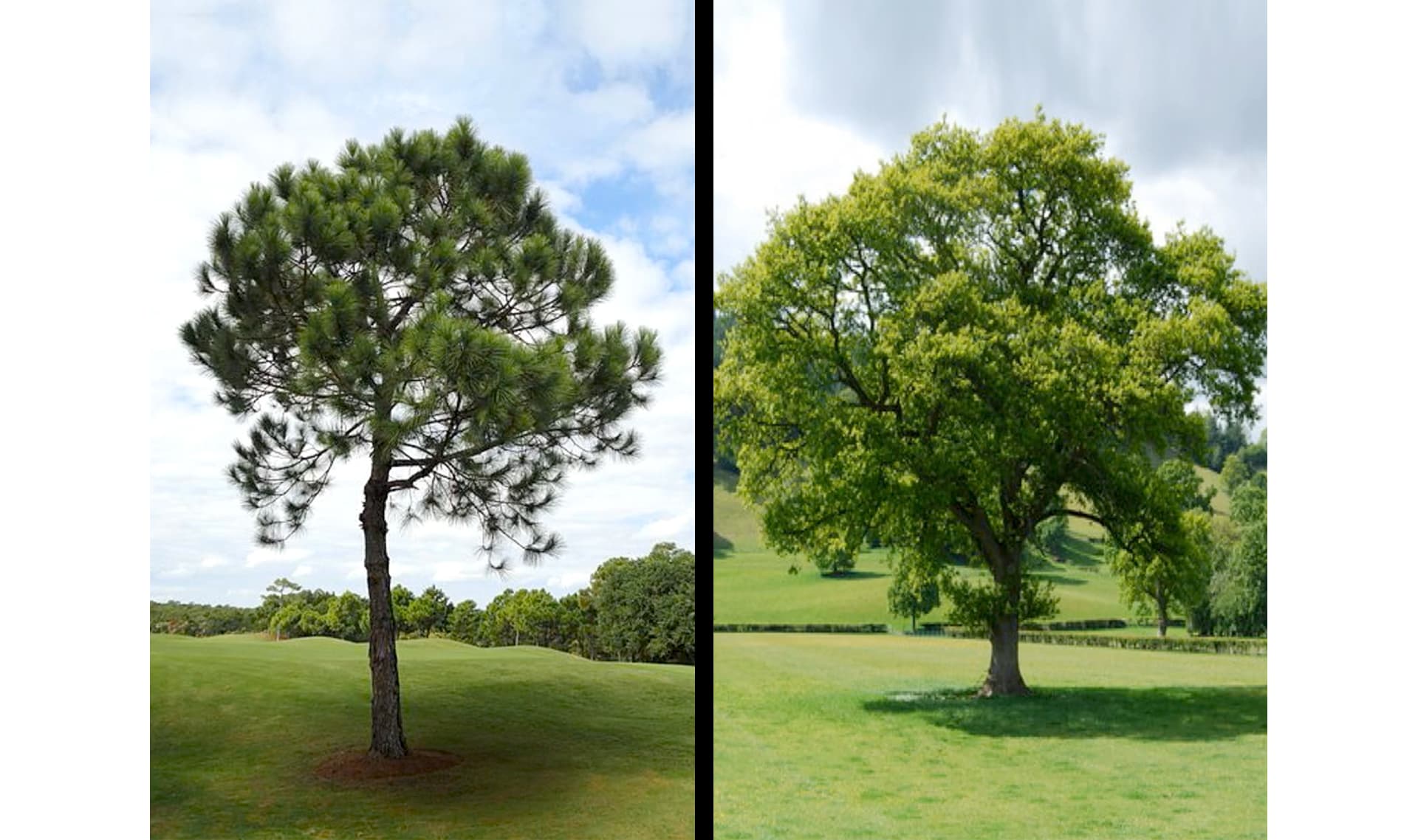
árbol
1 de 12
un tipo de planta que tiene un tronco y ramas
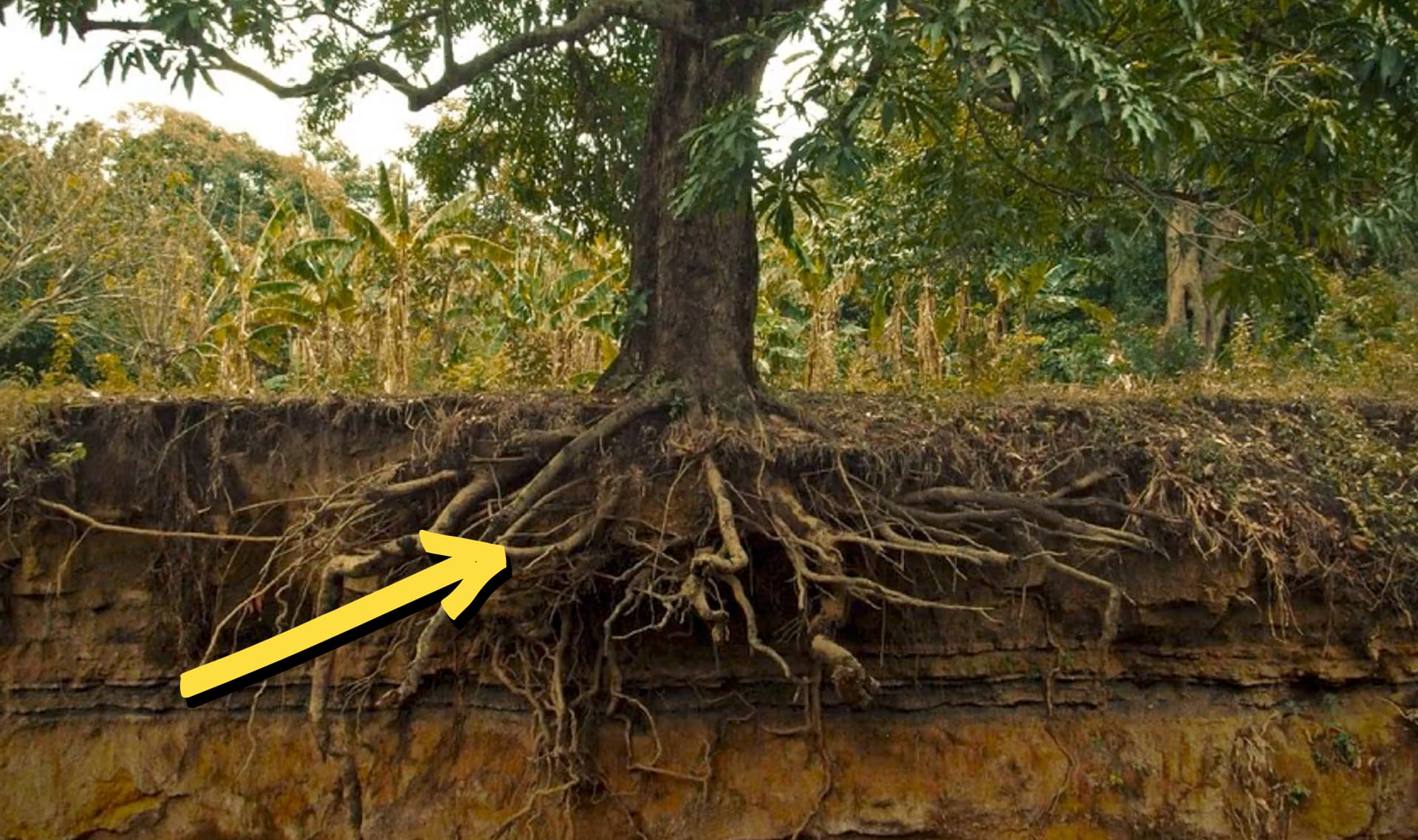
raíz
2 de 12
la parte de una planta que usualmente se encuentra bajo tierra

tronco
3 de 12
la base gruesa de un árbol
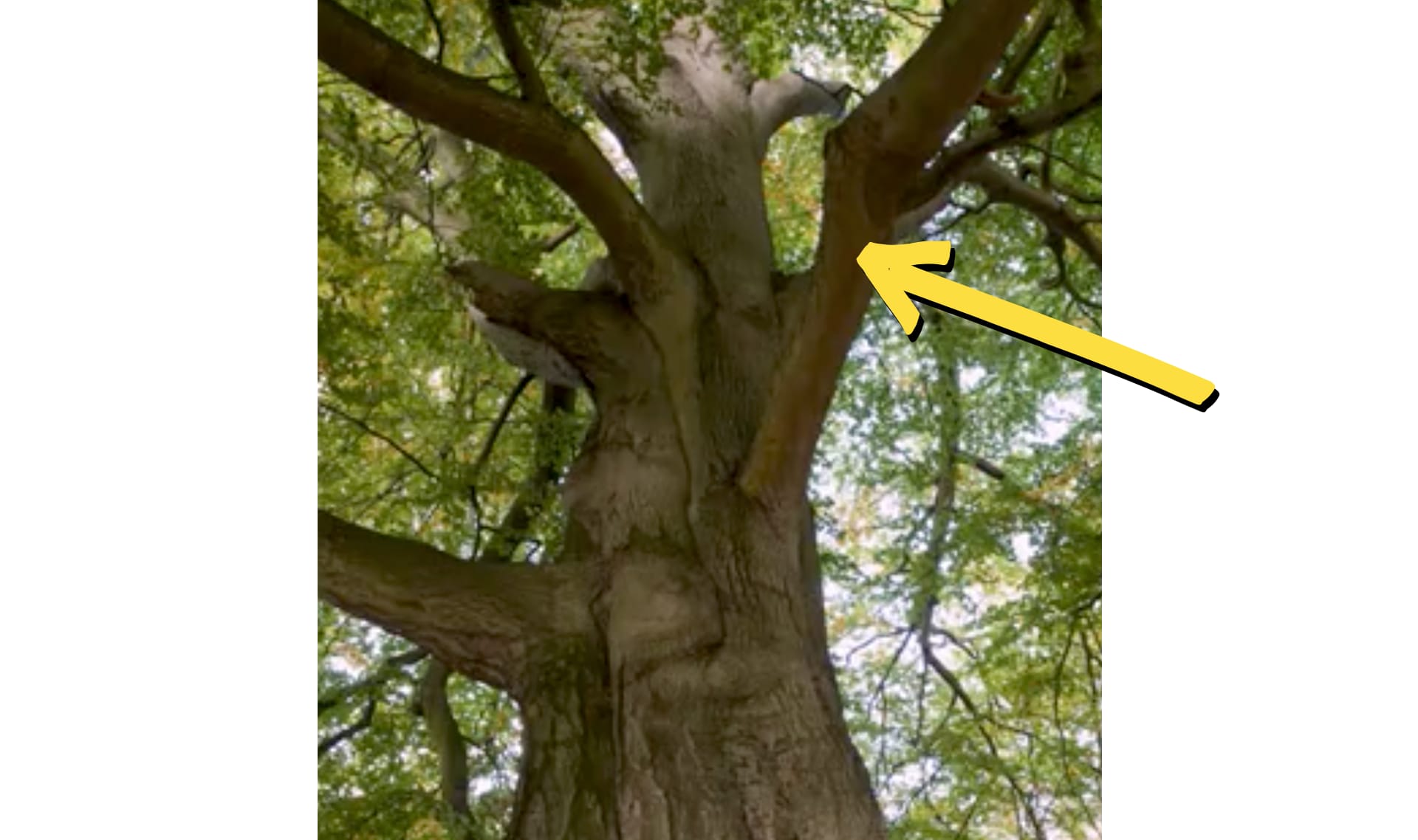
rama
4 de 12
la parte de un árbol que crece del tronco y suele tener hojas
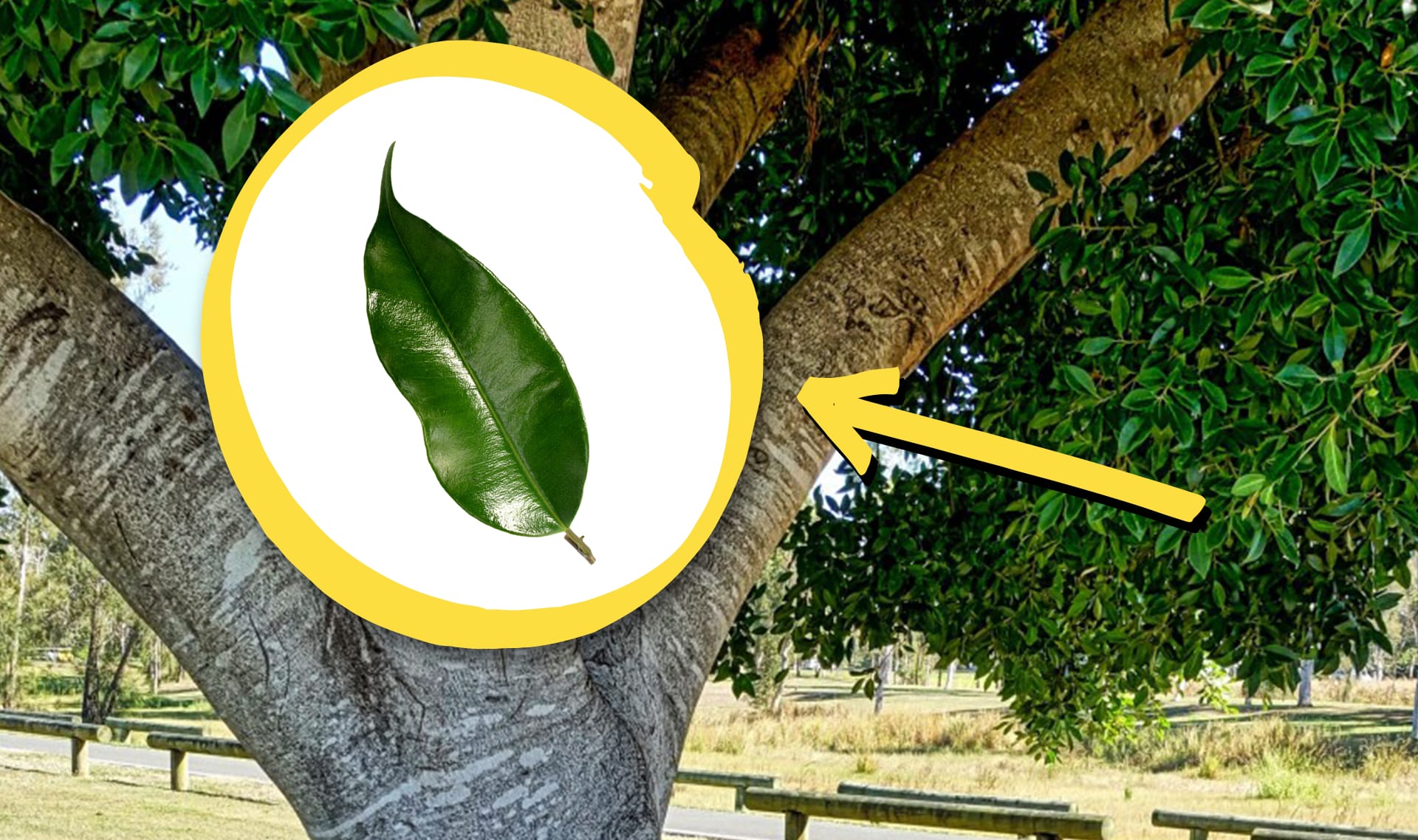
hoja
5 de 12
la parte de una planta que por lo regular es plana y verde
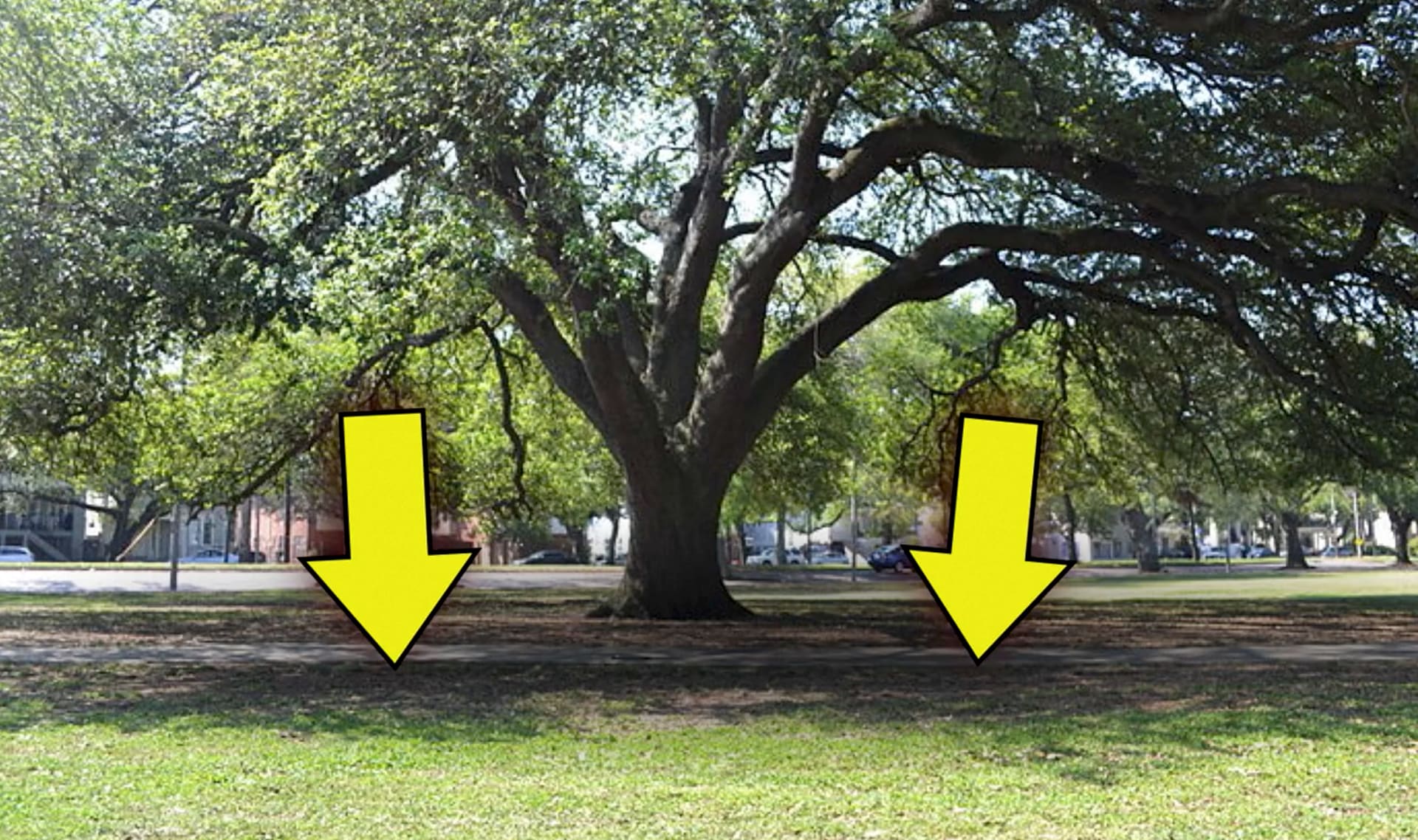
sombra
6 de 12
aun lugar oscuro y fresco que no está bajo el Sol

paraguas
7 de 12
un objeto que te protege de la lluvia o del sol

Please wait…
This video is having trouble loading. You may have lost your Internet connection.
Step 1: Click to Reload this page
Step 2: Click to
Try our other video player
Step 3: Contact your teacher if trouble persists.
Or,
dismiss this message.
viento
8 de 12
aire que se mueve
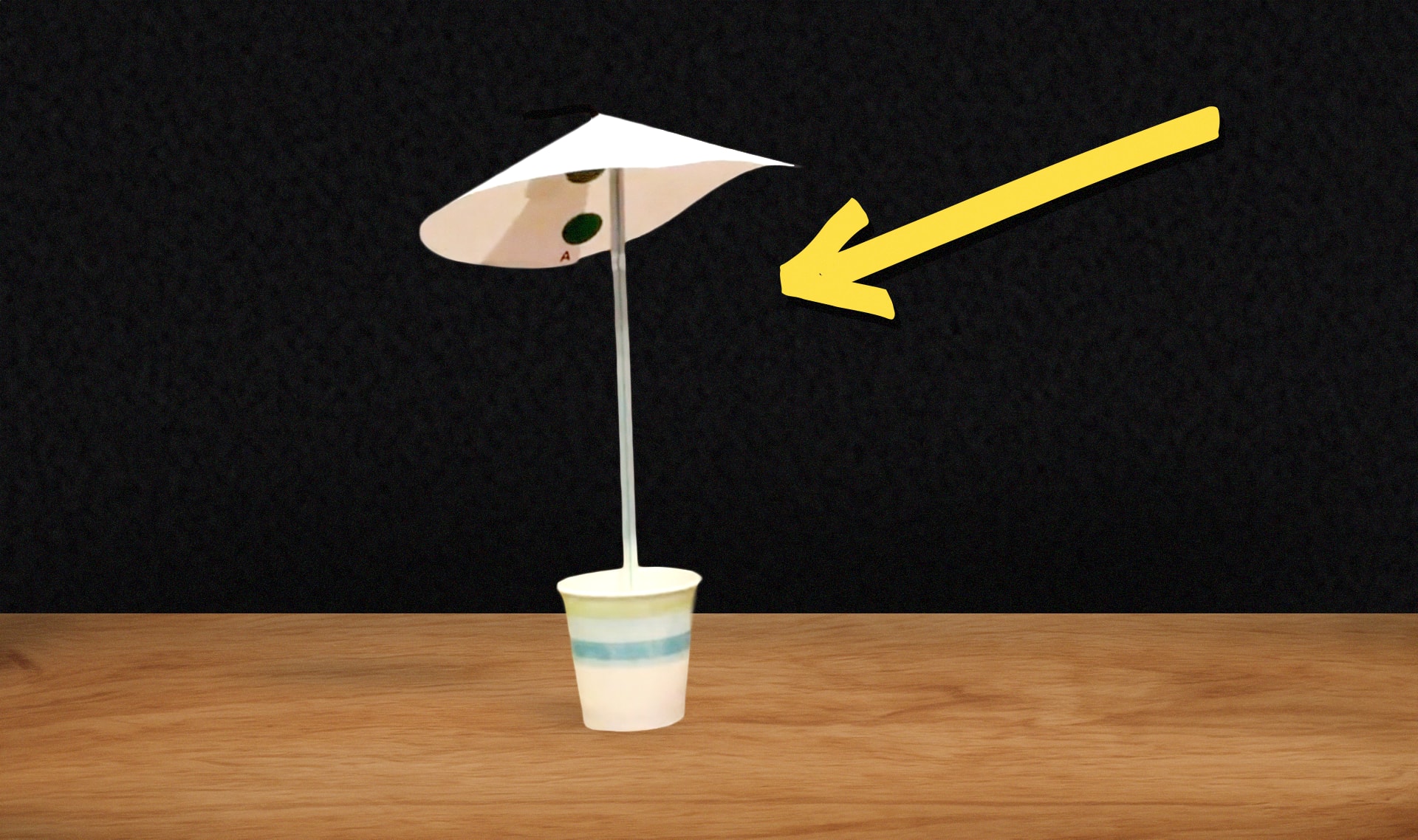
estructura
9 de 12
la forma específica que tiene una cosa

ingeniero
10 de 12
una persona que utiliza la ciencia para diseñar soluciones a ciertos problemas
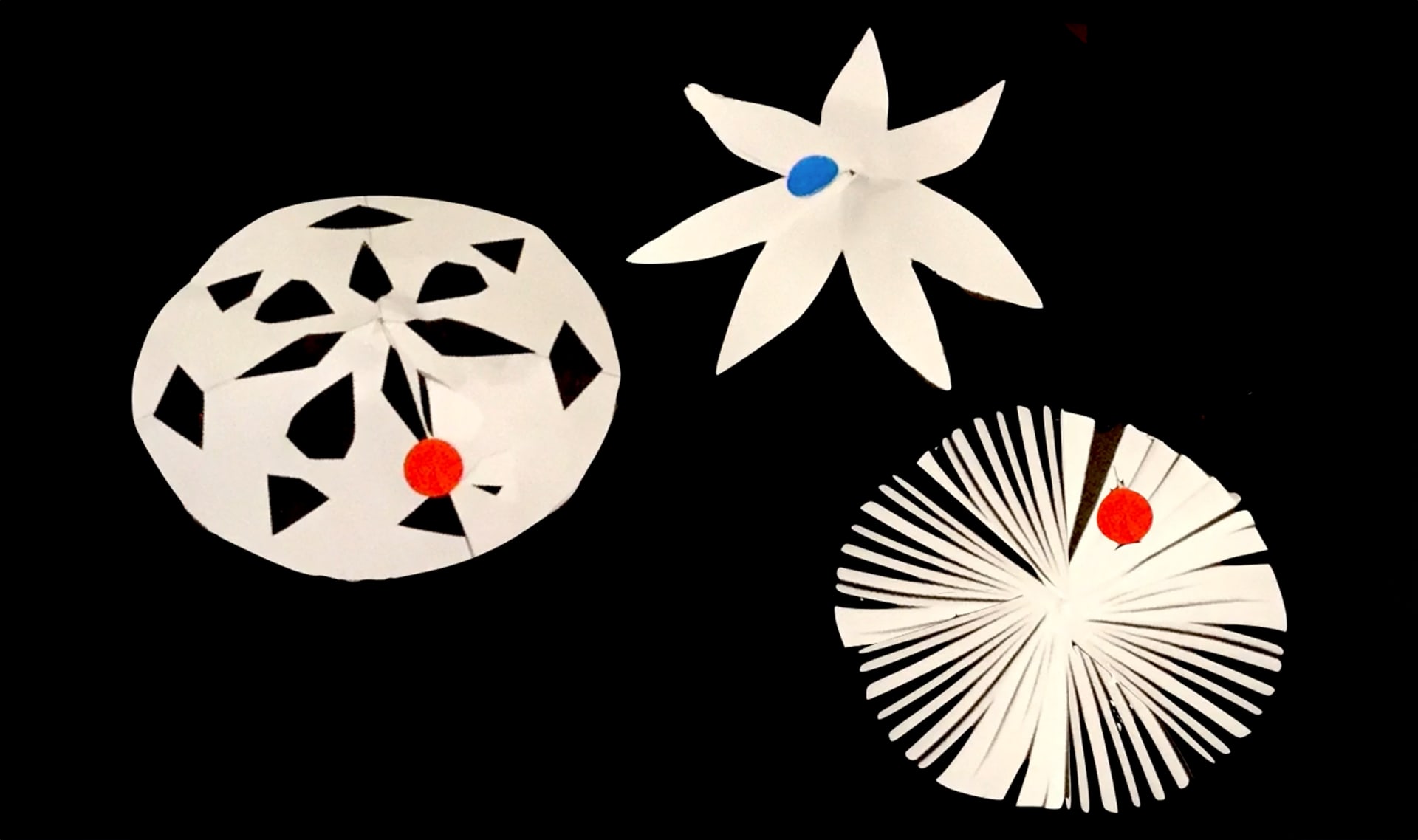
diseñar
11 de 12
hacer un plan sobre cómo crear o hacer algo

inventar
12 de 12
crear algo nuevo, por lo regular un objeto o una nueva manera de hacer las cosas


